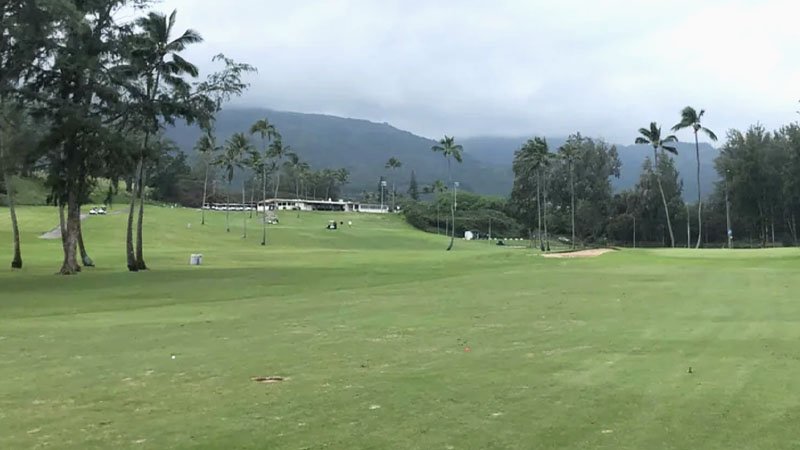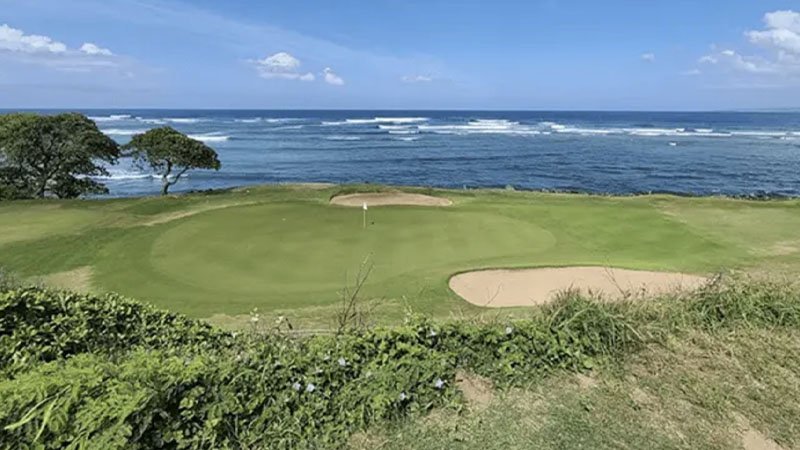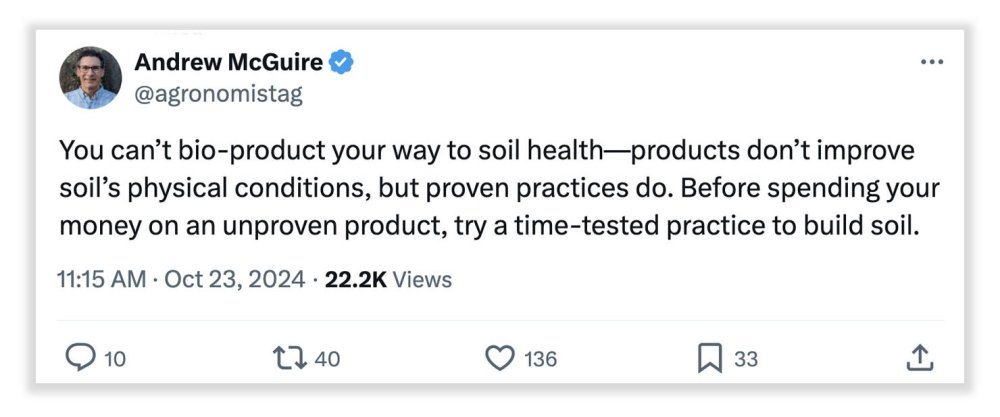On more than one occasion I have been asked why TurfNet publishes updates on the case against Roundup. After all, it is not commonly used in managing low-mown turf on golf courses or athletic fields, yet almost everyone probably has at least a jug of it hanging around somewhere.
I publish those updates as a reminder about what can happen when people who are uninformed decide what products the rest of us can and cannot use. When government agencies impose restrictions on synthetic pesticide or fertilizer use, those decisions sometimes are made with the best of intentions, but with little or no data to support them. The public relations campaign against pesticide use has been bolstered largely by high-profile cases like the slew of cancer claims against Roundup and the misapplication of a neonicotinoid at an Oregon shopping mall that resulted in the death of thousands of bumble bees.
Great strides have been made in bringing effective low-use-rate pesticides to market, but there are still many who believe, regardless of the consequences, that all synthetic products should be banned on public land. That should be a red flag for anyone who relies on such products every day say many in the industry, including Beth Guertal, Ph.D., of Kansas State University who recently addressed this topic at this year's Carolinas GCSA Conference and Trade Show.
People just don't want to hear it. They've got their minds made up.
"I just told a group of superintendents that they need to be paying attention to this," Guertal said. "It's coming."
A golf course on Maui is among the latest to be subjected to such a ban and serves as a case study as to what can happen to those who are caught unawares.
In 2021, Maui County, Hawaii passed a resolution that bans synthetic pesticides and fertilizers on county-owned or county-managed land. That ban includes the county-owned Waiehu Municipal Golf Course.
Such bans have no basis in fact, says Guertal.
"At correct rates, there's just no evidence to support this," she said. "They're kind of making this stuff up is what they're doing."
Andrew McGuire, Ph.D., of Washington State recently wrote that organic products are not a magic bullet and are no substitute for time-tested best practices.
Wrote McGuire in a recent tweet: "You can't bio-product your way to soil health — products don't improve soil's physical conditions, but proven practices do. Before spending your money on an unproven product, try a time-tested practice to build soil."
There are steps turf managers can take to minimize the chances of such bans taking hold.
Proactive measures such as sharing BMPs with local officials and staging on-site educational events can show the public the biodiversity that can exist on a golf course with the proper use of synthetic pesticides and fertilizers.
Brian Boyer held such an event last year at Cinnabar Hills near San Jose, California where he and volunteers shuttled more than 60 local students through eight stations around the golf course, teaching them about the tools superintendents use, water, soil, plants, putting green management, golf course wildlife, weather and irrigation.
The Maui rule went into effect in 2022, but the golf course was given three years to come into compliance. That deadline has arrived and county parks officials in charge of the golf course and a pair of athletic fields say none of the organic herbicide or fertilizer options available to them have been effective and they are seeking an exemption to the ban.
At a recent county council meeting on Maui, a line of people spoke in opposition to an exemption, none of whom cited any scientific evidence to substantiate their claims.
Attendees at the Maui meeting, some speaking on behalf of an environmental activism group called Beyond Pesticides Hawaii, claimed that synthetic pesticides and fertilizers pose a threat to waterways, ocean reefs, golfers and visitors to the park, and degrade the native soils.
"There is no data to support that. There's just none," Guertal said. "All the data supports that monocultures that are maintained with a good diversity of biomass, they can be very healthy systems."

Some opposed to an exemption said work on drafting a pesticide ban began nearly a decade ago and accused those in the parks department of stalling.
Shane Dudoit, deputy director for the county parks and recreation department, said his department is not stalling, adding conversion to organic management has been slow because the available products are ineffective. He talked about the challenges associated with using only organic products to manage a 94-year-old golf course that has a 12-month season and gets about 65,000 rounds per year. He came prepared with before-and-after photos that demonstrate the ineffectiveness of the products being used and said the parks division could lose the golf course to weeds if a synthetic alternative is not found.
That can be a difficult argument to make to those who do not read the science.
"People just don't want to hear it," Guertal said. "They've got their minds made up."
The Maui meeting was adjourned without any decision being reached.
"We're at a standstill," Dudoit said via email. "We're waiting for a community hearing that should be coming up soon."
Dudoit believes the move to ban pesticides and fertilizers stems from the scare over Roundup.
I just told a group of superintendents that they need to be paying attention to this. It's coming.
Roundup has been famously linked to causing non-Hodgkin's lymphoma, a blood cancer that begins in the lymphatic system despite claims from the U.S. Environmental Protection Agency that it is safe.
Litigation surrounding use of Roundup ultimately resulted in a settlement that cost Bayer billions and contributed to the company selling its T&O division to Cinven in 2022.
"No one in the turf industry believes (Roundup causes cancer), because there is no data to prove it," Guertal said. "There are literally hundreds of studies to prove it's one of the more safe and effective products available."
That has not mattered to those pushing the use of organic products only, some of which also can have unintended consequences.
Bryan Unruh, Ph.D., of the University of Florida says many organic fertilizers can have excess nitrogen or phosphorus that comes in the way of filler that is not part of the product's analysis.
"The plant sees ammonium and nitrate. It doesn't care what color it is, or where they come from," Unruh said. "It doesn't care if it came from a cow, or a synthetic factory.
"Natural organic composts or sludges typically come with a boatload of phosphorus, and you can't stop that. You can't get it out."

Organic herbicides also can cause an overload of nitrogen.
Corn gluten can be used as a pre-emergent herbicide for control of crabgrass, but it is loaded with nitrogen.
"That means you're going to put it out in February, and the rate at which you have to apply the corn gluten is also putting out 2 pounds of nitrogen per 1,000 square feet on dormant grass," Guertal said. "So I'm putting out almost half to a third of my year's nitrogen at a time when environmentally I would never ever want to do it. So I can tell you what's more environmentally dangerous and it's that corn gluten."
Even organic products such as copper that can be used as a fungicide should be used with caution.
"The rates are so high," Guertal said. "It's far more damaging than a properly applied fungicide."
When such bans are imposed elsewhere, it should be a warning sign for turf managers everywhere to be prepared by collecting scientific data on everything that is used on the golf course, information on the efficacy and other challenges associated with organic alternatives, and having at the ready your state's BMP manual.
Then, like Boyer at Cinnabar Hills, find a creative way to share that information.


